Preventing Common Pickleball Injuries
In recent years, pickleball has exploded in popularity in the United States. Forbes has deemed it “thefastest growing sport in America” and everyone from George Clooney to Bill Gates is playing it. Currently, there are around 4.8 million pickleball players in the United States! “Additionally, players aged 55 and up were the largest age bracket of pickleball players in 2021, comprising 19.8% of total participants,” says Brandon Mackie, co-founder of the pickleball website Pickleheads.
But getting active can also come with the risk of injury, and some people have gotten hurt playing pickleball. Actress Amanda Peet, for instance, playfully poked fun at a pickleball injury she sustained, while wearing a sling on the set of Late Night with Seth Meyers.
She joked: “So, I had an operation yesterday. I had tennis elbow from playing pickleball…. I am not good enough at pickleball to warrant this whole operation…. It’s a very bad combination of cockiness and old age!”
Common pickleball injuries
Tennis elbow
One of the most common overuse injuries [ECS1] in the upper body is either tennis (now often called pickleball elbow) or golfer’s elbow. “These injuries are irritation of one or both tendons near the elbow,” says CJ Johnson, a personal trainer, pickleball coach and founder of wearepickleball.com. The most common reason Johnson sees this occur is a lack of warm-up. “Most of the time, players grab a paddle, jump on the court and start playing. They do little to no stretching,” she says.
Rotator cuff injuries
“Rotator cuff injuries have become another common injury, whether that is with the muscle or the tendon,” says Dr. Matt Tanneberg, a chiropractor and certified strength and conditioning specialist (CSCS) in Scottsdale, Arizona. The repetitive movement and overhead use, he explains, can sometimes put excess stress and pressure on the rotator cuff, causing it to get inflamed or torn.
Meniscus tears
Another injury that occurs is damage to the meniscus—which is essentially your knees’ “shock absorber.” “In pickleball, there is a lot of lateral agility involved, as well as forward and backwards movement,” says Tanneberg. “The quick, sudden movements, especially planting and twisting the knee, is how you damage the meniscus.”
Plantar fasciitis
A frequent lower-body injury that Johnson sees is Plantar fasciitis, an inflammation of the tissue that connects the bones in the foot. “Like the elbow injury, it can be excruciating,” she explains. “Asphalt surfaces, which are the most common surface for pickleball courts, are difficult on the body.”
How to help prevent pickleball injuries
When it comes to playing pickleball, a few safety precautions can often go a long way in helping you to prevent an injury. “Do a warm-up and cool down, wear the proper shoes for the sport, and pace yourself both in the number of times you play each week and the amount of time you play on any given day,” says Johnson.
“Having a proper warm up, including stretching and mobility, will help to lower the risk of suffering any type of injury,” adds Tanneberg. It’s also important to have a proper cool down to help allow your body to repair and recover in a timely manner. This can be done with dynamic movements beforehand (bodyweight squats, lunges, go for a jog, etc.) Tanneberg says, adding that foam rolling can also help. After you're done playing, for a cool down, you can perform your static stretching, where you “are holding a specific stretch for 20-45 seconds.”
Regular stretching that you do when engaging in any type of exercise can also help. And Johnson shares this simple stretch to help prevent tennis elbow:
Stand tall and hold one arm out in front of you at shoulder height, so it’s parallel to the ground. Make a fist with that hand. Using the other hand, gently pull the fist toward the ground. Then keeping that same arm at shoulder height, open the hand, so the hand is perpendicular to the ground (like you are telling someone to stop). Using the other hand, gently pull back the fingers. As little as five-minute stretching before or after play can make a player much less susceptible to injury.
It's also important to be aware of your surroundings at all times. “Keep an eye out for balls that might have rolled away, and stay alert when you are serving so that you don't end up heading into someone else's pickleball zone unintentionally,” says Jon Callahan, founder and CEO of PickleVine, an award-winning website dedicated to Pickleball.
If you feel pain after playing pickleball that doesn’t resolve in a day or two with rest and icing the area, you may need to make an appointment with your doctor to have an injury checked out. They can better advise you on what your exact injury is and give you some advice on how to properly care for yourself so that you can get back to the court fast.
Follow this link, https://www.brookdale.com/en/brookdale-life/blogs/2022/11/common-pickleball-injuries-and-how-you-can-try-to-avoid-them.html, to read the rest of the article.

